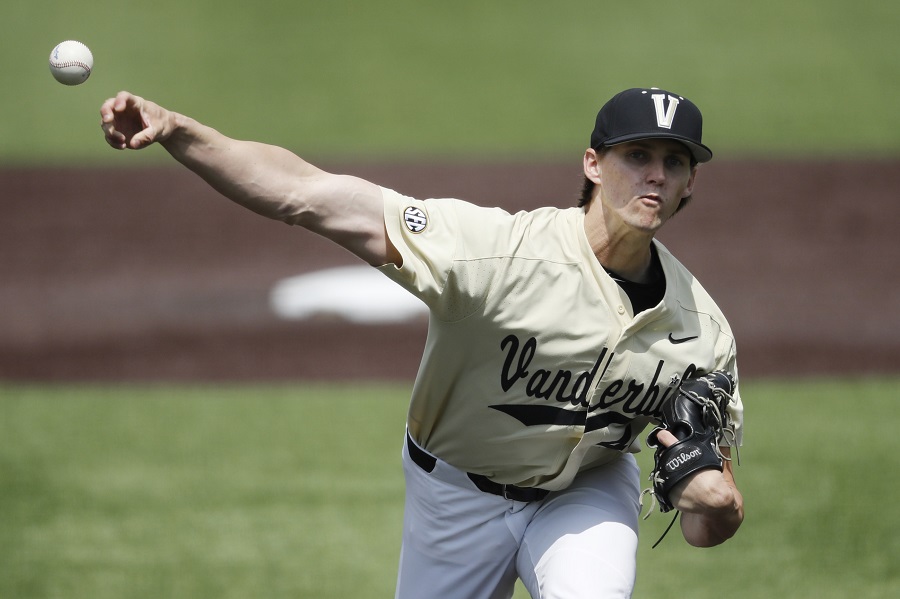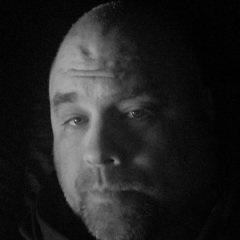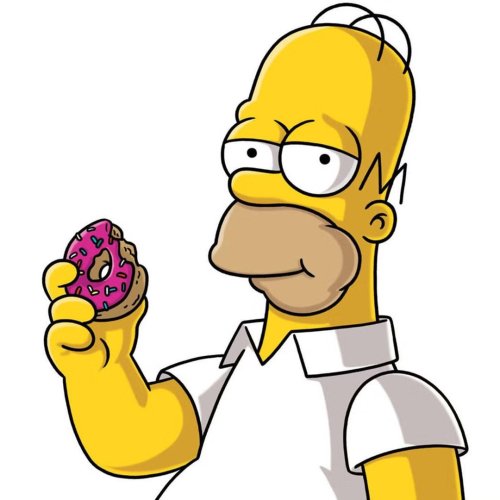
Twins Video
I asked Keith Law for his general thoughts on what a team should consider when making the #1 overall pick.
“My personal philosophy… The history of the #1 pick, you are more likely to get a generational talent or an all-world sort of player than any other spot. It’s a rare opportunity. Of course, you never want to pick there again.”
The top player on Law’s board is the top player on most people’s board right now, though even now that is subject to change.
“If you look at Hunter Greene, the 17-year-old high school right-handed pitcher/shortstop from Southern California, he’s first on my rankings, and I believe he’s first on MLB.com’s too. I think he has a chance to be an absolute superstar. I would take him recognizing the risk, but you want to roll the dice on a chance to get a franchise-defining sort of player. However, that is simply my philosophy, and it isn’t my money so it’s pretty easy for me to say that.”
Money is a factor. While the draft slots have changed a bit this year, teams at the top - those with the most slotted money available to use - can still be creative. The best example in recent years was the Astros selecting Carlos Correa first overall in 2012 and signing him for well under slot value. They then used the extra slot money to select Lance McCullers and Rio Ruiz later. Could the Twins consider that strategy? Should they?
“And money is always a factor. If Hunter Greene wants $8 million and Kyle Wright of Vanderbilt says he’ll sign for $5 million, you might be able to do great things with that $3 million in savings.” Law continued, “Taking Wright, even if you don’t believe he’s the best player, may be the better choice because of the value. They have one extra pick and another at the top of the second round, you can overpay guys later and get more talent in total.”
With the Twins farm system lacking the high-end talent (as we discussed in Part 3), adding three high-quality prospects in the draft certainly sounds appealing. We don’t know what Greene or Wright or McKay or others would ask. Those discussions will start occurring in the coming weeks. But the strategy is sound.”
With the #1 overall pick, you simply cannot take a guy who busts completely. Ceiling is great, but floor likely comes into play as well.
Law explains, “There is another philosophy that says if you pick first, you don't want to zero out on that. Hunter Greene is a high school right-hander. No high school right-hander has ever gone first overall. It’s risky. Maybe you take Wright, who’s at Vanderbilt, who’s the best college pitcher in the class for me. He’s been pitching out of his mind the last month. He’s got size. He’s got stuff. He’s got command. I mean, Vanderbilt is as good of pedigree as you can get for a pitcher. So maybe you say, we know that guy’s a big league starter. He’s at least a three, probably a two, and he might be a one. That’s good. You would take that. Especially the Twins. They’ve struggled to develop good young starting pitcher. You would take that.”
In summary, Law agrees that Greene presents the highest ceiling. However, he comes with a lot of risk. Wright has a high ceiling, though not as high as Greene, but his floor is most likely significantly higher too.
“Would you take that if I told you that in passing on Hunter Greene, there’s a 30% chance you’re passing on Bob Gibson. Maybe Hall of Famer is a bit much, but a multiple-time All-Star, a Cy Young contender in Greene. He might be that.”
Law recently had the opportunity to see Greene and talk with him for an upcoming story. He came away incredibly impressed.
“He might get to the big leagues by 20. He’s 17, and I got to interview him a couple of weeks ago. This is an impressive person. It’s an impressive body. You don’t see kids like that. I see kids all the time for the job. I don’t see many kids build like that, athletic like that, loose like that, still projectable and already throwing in the upper-90s.”
With the Twins having so many young players in their pre-arbitration and pre-free agency years, maybe there is a goal to get someone who can help more quickly.
“At the same time, do you want to wait 3-5 years for a high school pitcher, or do you want to take the college pitcher who could be in your rotation in 12 months?”
These are all factors and considerations that Twins first-year Scouting Director Sean Johnson has likely thrown around in his head, and thrown off of all of the area scouts, and thrown off of Derek Falvey, Thad Levine and others.
Simply, there isn’t an easy #1 overall choice in the 2017. There isn’t a Stephen Strasburg, there there isn’t a Bryce Harper.
Making it even more difficult, Law acknowledges there are likely more than just the two players (Greene and Wright).
“I could go back and forth, and I could make a good case for either side. Those are just two of them. You will hear Brendan McKay’s name though he’s falling off at this point. But he may still be a strong consideration at one. There are other names in this group because there’s not a hitter. There’s not a Bryce Harper where you look and say that’s a sure thing. The bat plays and he’s got power. I can check off a bunch of things that are virtual guarantees. We’re talking about pitchers, and pitchers are scary. I’ve been in draft rooms with Toronto where we took pitchers and we were sure of what we were getting, and we didn’t get that.”
I mentioned to Law that I had just done a radio spot and when asked who I would take with the #1 pick, I surprised the show’s hosts by saying Kyle Wright.
Law made me feel better about my (admittedly hypothetical) selection.
“You’re not wrong. I guess there are wrong answers, but Kyle Wright is not a wrong answer. I don’t know if there’s really one right answer this year.”
McKay’s name has surfaced with the Twin and the top overall pick. Those voices have seemingly quieted of late. And it’s because of the things scouts (and fans) have seen the last couple of weekends.
“When I saw him in February, he was 90-95. We’ve had reports from the last two weekends where he’s been upper-80s and topping out at (91 or 92). That’s a little concerning. He was never overpowering. He’s going to live by command, by mixing his pitches. Now you’re telling me it’s an average fastball? It’s not a high school kid's where you’ve projecting it to get better. It’s a college arm thinking this is probably what it is. That would worry me. He’s still a good pitcher, but at this point, if I were in Falvey’s shoes, I’d say we’re not doing that at one.
So what do you think? There are a lot of ways to think about who the Twins should draft with the first overall pick. All of them make sense. Things to consider include:
- Ceiling
- Floor
- Likelihood of reaching ceiling
- Financial creativity (can you get two of three high-level talents by signing someone for less at one?)
- Timelines
I would really like to thank Keith Law for spending some time talking to me the other day about a variety of topics. It was a nice conversation that felt like it could have gone much longer. One more time, you’ve got the opportunity tonight to rub elbows with Keith Law, hear a reading of his new book Smart Baseball, listen to some baseball discussion and get autographs. 6:30 tonight at Moon Palace Books in Minneapolis.
If you missed any of the previous article, here they are:
Part 1 - Keith Law On Smart Baseball
Part 2 - Keith Law On Derek Falvey And The 2017 Twins
Part 3 - Keith Law On The Twins Minor Leagues
MORE FROM TWINS DAILY
— Latest Twins coverage from our writers
— Recent Twins discussion in our forums
— Follow Twins Daily via Twitter, Facebook or email
— Become a Twins Daily Caretaker






Recommended Comments
Join the conversation
You can post now and register later. If you have an account, sign in now to post with your account.
Note: Your post will require moderator approval before it will be visible.